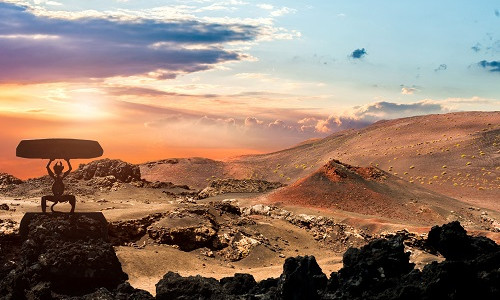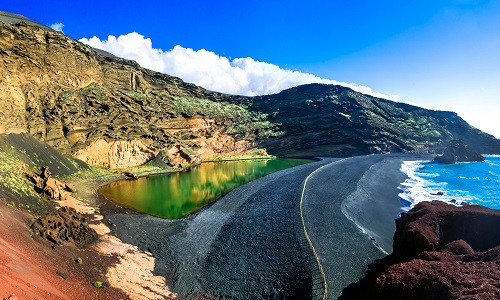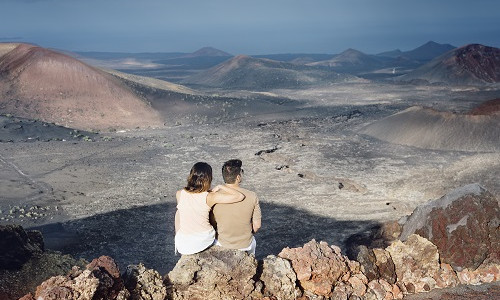History and information of interest in Lanzarote
Lanzarote is an amazing island. The volcanic eruptions of the 17th and 19th centuries, have given it that singular and particular natural beauty, contrasted with its paradisiacal beaches of golden sand and crystalline waters. In addition, Lanzarote has a great artistic and cultural value fully integrated with nature. This is due in great part to César Manrique, who took certain steps to safeguard the island's highly valued natural and cultural heritage.
Everyone who visits Lanzarote can realize that the history of this beloved island is marked by a combination of cultures in a constant search to overcome the problems due to the distance and the lack of water that stands out on the island. Lanzarote was inhabited by different Berber people, who were known as the "majos" and lived dedicated to shepherding and fishing, surviving with a very restricted agriculture. Until at the end of the Middle Ages, Jean de Bethencourt, under the command of the powerful Spanish crown, started the process to conquer Canary Archipelago from the south of Lanzarote. After the conquest, this island was established as a feudal lordship but it showed very little growth. But in 1730, when the period of the volcanic eruptions began, the history of the island changed, and although what at first terrified the entire population, later was a reason for prosperity.
Lanzarote's people, increasingly more focused on the constant struggle for survival, opened up a new world by becoming pioneers in the model of agriculture with the volcanic ash, which allowed them to increase both production and exports. Leaving in combination with other sectors a better economy in the Island.
Later, considering the boom in the tourism sector, the island came up with its own model developed by César Manrique, who led a series of aesthetic and environmental conservation issues, creating a perfect synergy that is still used today.






